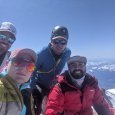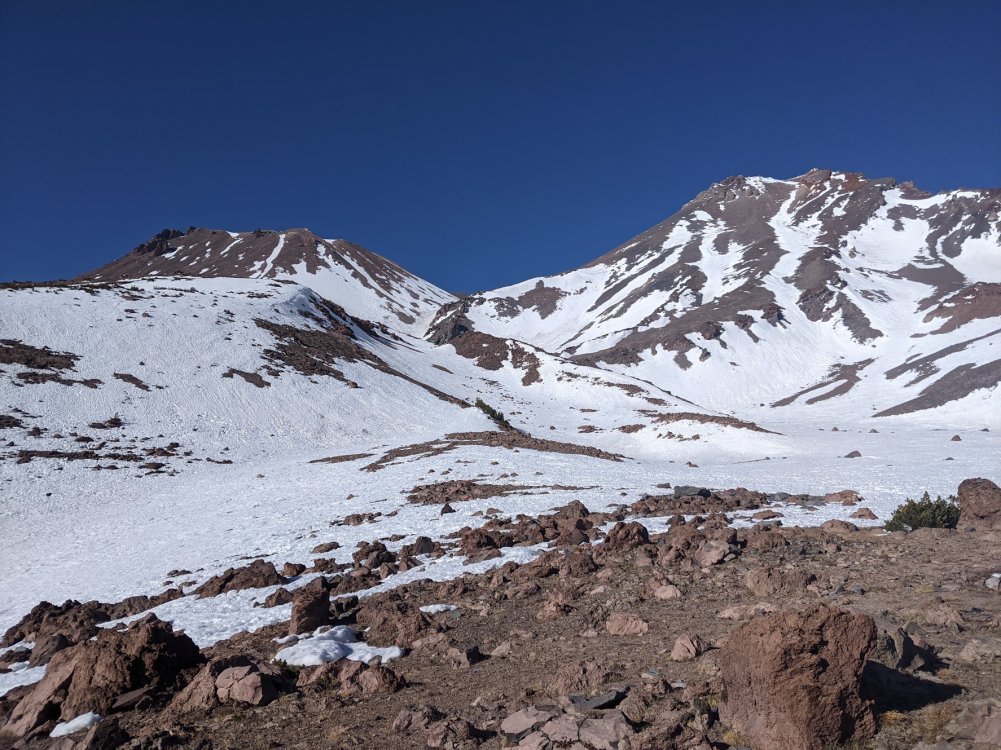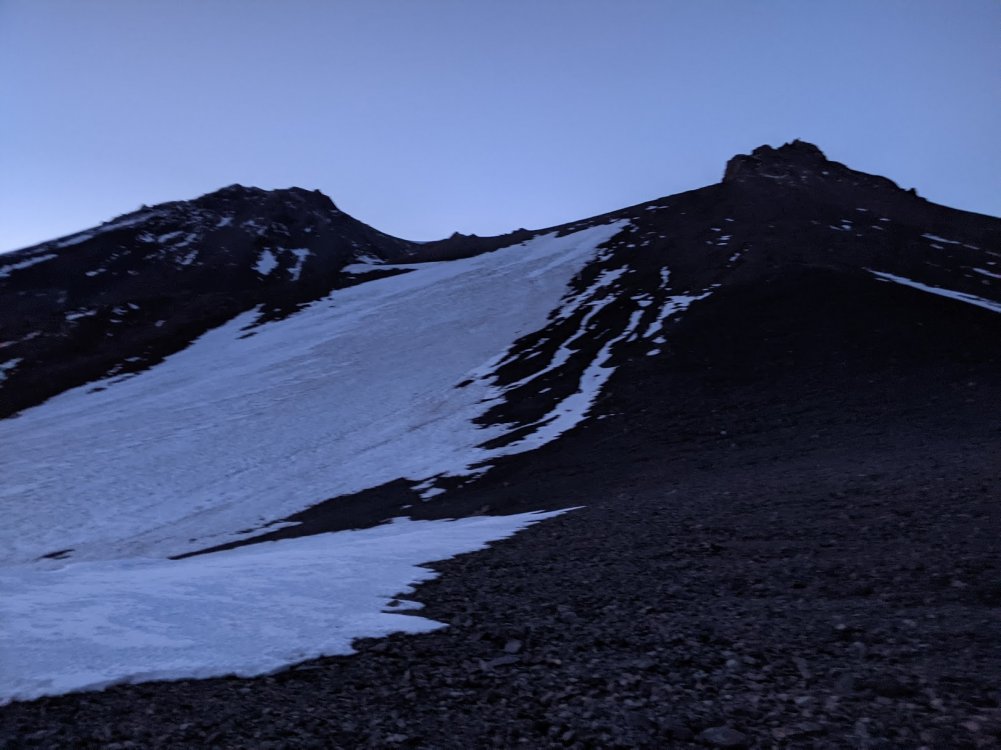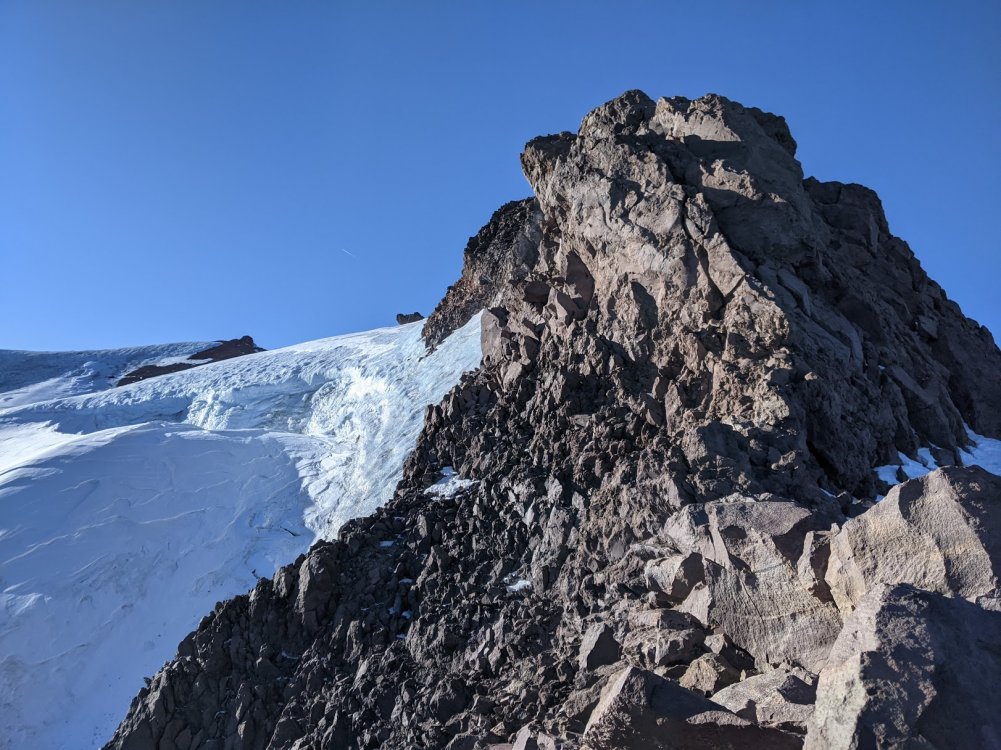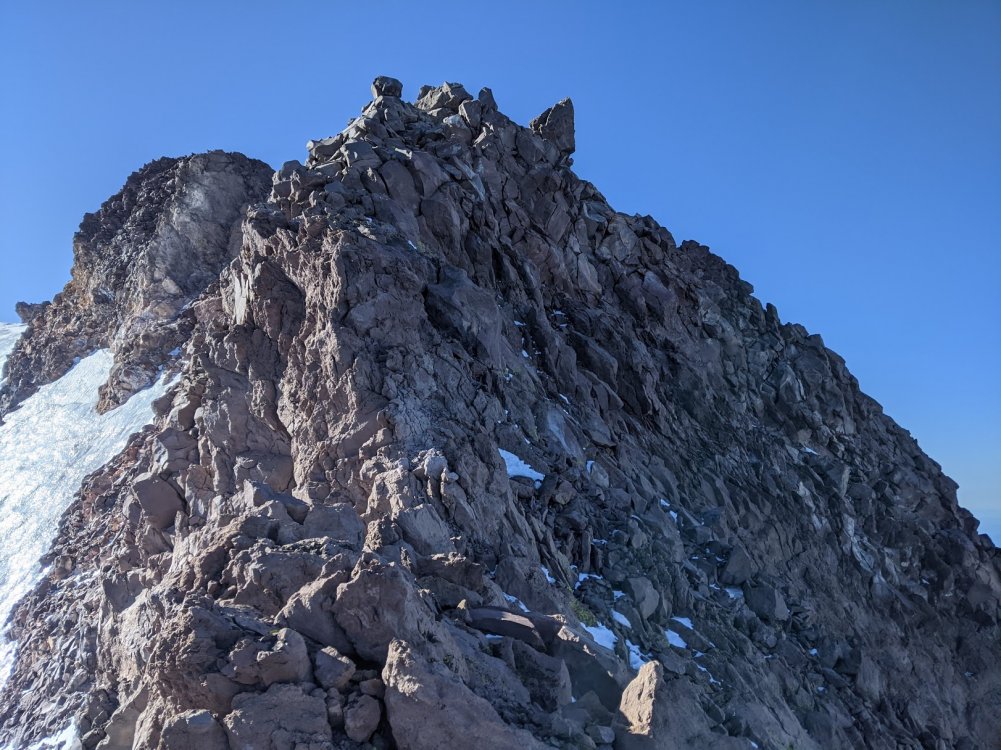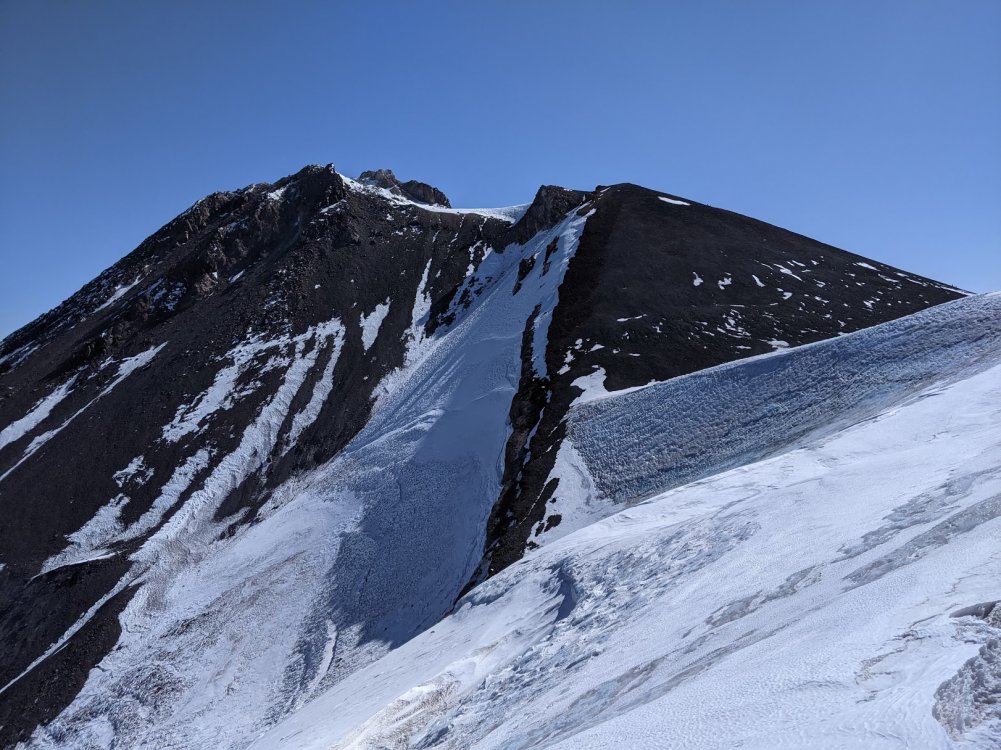Leaderboard
Popular Content
Showing content with the highest reputation on 05/10/21 in all areas
-
Trip: Mt Shasta - Avalanche Gulch Trip Date: 02/22/2021 Trip Report: https://imgur.com/gallery/2HQrTOd Followed tracks until they disappeared somewhere after the Horse Camp turnoff. Snow was varied as usual; some firm crust, some breakable, some soft and fluffy that required kicking in several times to get any support. The steeper section by the Heart was firm. Switched from snowshoes to crampons at Thumb Rock then down climbed and walked way around the crevasse / bergschrund. Rocks on Misery Hill had a thin rime coating making travel easy. Didn't sink in too deep on the summit plateau. Summit block had neat undisturbed rime formations. Gear Notes: Snowshoes, whippets, crampons, helmet, ice axe (used for little down climb from Thumb Rock) Approach Notes: Walk up the gulch1 point
-
Trip: Mt. Shasta - Cascade Gulch Trip Date: 04/18/2021 Trip Report: Cascade Gulch April 17th - April 18th, 2021: Checking into the local forecast centers the night before this climb I read “If you plan to climb Mt. Shasta, now is the time”. Snowfall had been light and winds heavy throughout the Winter. The Mt. Shasta Avalanche Center noted that precipitation was 47% of normal. Our climbing window had a wind forecast of 10 MPH at the summit. Clear blue skies. Low of 17 degrees Fahrenheit on the summit. The Cascade Gulch summit bid began at 1000 in Bunny Flat. My three companions and I packed our gear, wrote our itinerary for the rangers, and headed to Horse Camp. The Cascade Gulch route had been described to us as having a crux at the point Whitney Glacier meets the ridge of the mountain. The options as we understood them for traversing the crux included: 1. Ice climbing slightly above the Whitney Glacier bergschrund 2. Traversing the ridge line itself 3. climbing down onto Whitney Glacier and crossing it. We had decided not to bring a rope or crevasse rescue gear. We brought our ice tools along and decided that we would either solo ice climb over the bergschrund or scamper over the ridge line. Within one hour we made it to Horse Camp. We continued clockwise around the mountain for another three hours and made it to Hidden Valley. The snow was fairly consolidated and we did not find it necessary to wear snow shoes. We set our base camp, looked around, and talked for a bit before turning in for our early morning summit bid. We awoke at 0200 and made it out of camp by 0315. No water was available at our Hidden Valley camp so we melted snow to replenish our water stores. We spent the next several hours heading up Cascade Gulch, staying climbers left to the bottom of the Gulch as we ascended. The Gulch was still covered and we walked on snow the whole way up. The saddle was obtained around 0530 with great views of Shastina. We turned away from Shastina when we hit the saddle gap and continued up a hill, maybe 800 feet, staying on the Eastside of the ridge. Snow was patchy as we climbed with lots of ice. After cresting this hill Whitney Glacier came into view. The ridge line provided a clear path and we stuck to the Eastside of it as we approached Whitney Glacier. Around 0700 we came to the base of a series of gendarmes. Below the gendarmes the route was completely covered in ice for several hundred yards with a 50 degree plus slope (guessing). The ice climbing would have required a several hundred yard traverse and maybe 200 vertical ft. gain. At the highest point in the bergschrund the traverse would put you just 10 feet above it, although that was not apparent to us until we could look back at the bergschrund after the crux was completed. This ice and snow route appeared suitable for ice screws and even snow pickets in some places. Unfortunately, we had decided not to bring any and the overall group confidence level for soloing the snow/ice traverse was low. We began exploring the rock towers and slowly making our way across them. Most of the rock was in good condition and we were usually able to find large pieces with good holds. Most of this traverse was Class III but entering Class IV terrain on several portions was unavoidable. At least three short sections involved exposed no consequence climbing. As we climbed we did loosen some rocks at times. Slow careful climbing and route selection was key on the rock towers. Approaching the last tower there was no way through it. The tower was a giant formation of choss. Climber's left was a steep ice drop off into the bergschrund, climber's right, towards the West Face, was a short but steep 45 ft snow chute down to the base of the last gendarme. We climbed down the snow chute and hugged the gendarme until we saw a small gap in the tower. We took this gap in and we briefly climbed on Class IV terrain until we poked to the top of the tower. From this point, we climbed back down onto the Eastside of the ridge and found ourselves on top of the ridge above Whitney Glacier. This section was relatively flat and we walked leisurely along until we hit Misery Hill. Misery Hill was almost completely barren. We powered up, encountered some more snow and ice once above, and navigated the short section to the summit. Coming down, nobody wanted to repeat our climb through the gendarmes. We exited down the Red Banks left of The Heart (climber's left), glissading where we could and making our way down to Helen Lake. Two of our party were sent to power through to Hidden Valley to pick up the gear. This group of two shot through the first window of Avi Gulch and did a traverse around 9,600 until Hidden Valley opened up. A rendezvous with the entire group took place at Horse Camp and we all walked out to Bunny Flat. Gear Notes: Standard mountaineering pack sans rack or rope. Technical tools included only crampons and ice tools. Approach Notes: See Trip Report1 point

